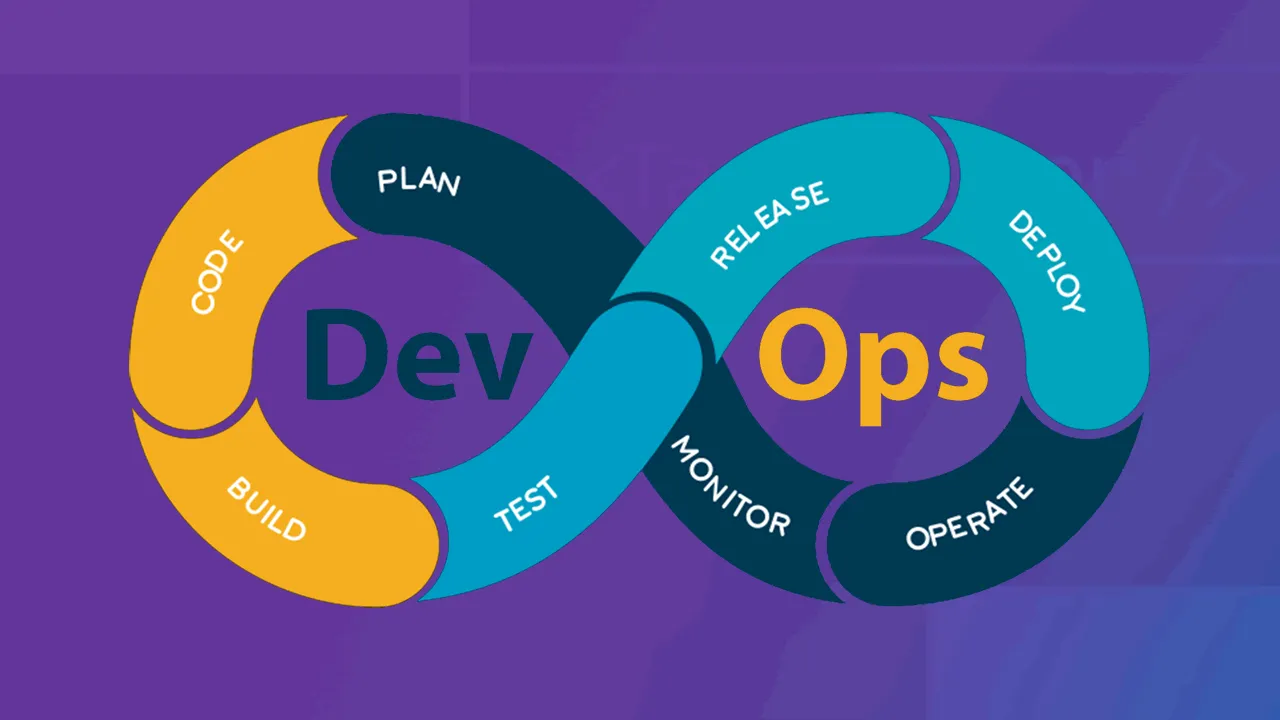From the Accelerate State of DevOps 2019 Report, it’s well known that teams and organizations that adopt DevOps-related practices are more successful at product development. This is because the goal of DevOps is to increase velocity while maintaining stability. As a result, when practiced effectively, organizations reap major benefits. For example, the chart below illustrates the development gap between those who embrace DevOps and those who lag behind in DevOps.

We must also remember that DevOps is not a defined set of practices but rather a model of development to aspire to. Therefore, changing the culture of developing and implementing the required tools and infrastructure is a difficult process. Having all these efforts go to waste could lead to a retreat from progressive changes for any company, dooming it to archaic development practices and eventually leading to slow and sub-standard product development.
This is even more poignant considering the technical debt in attempting to change current development practices. Companies are reluctant to change considering the financial costs, time required, and data migration needs. Hence, it is seen as crucial that once we start adopting DevOps-related practices, we ensure that we build a solid core or base on which we can continue bettering our development practices.
However, there is a vulnerability to any team’s DevOps pipeline, and that is the failure of effective CI/CD. We will elaborate on why this stage is crucial for the overall development practice in later parts of this piece. So why is this so? Establishing the importance of the CI/CD stage when thinking about DevOps is what we will explore in the piece. We will also consider the cultural and tooling remediation required to insulate the pipeline from this vulnerability.
#devops #pipeline #ci
